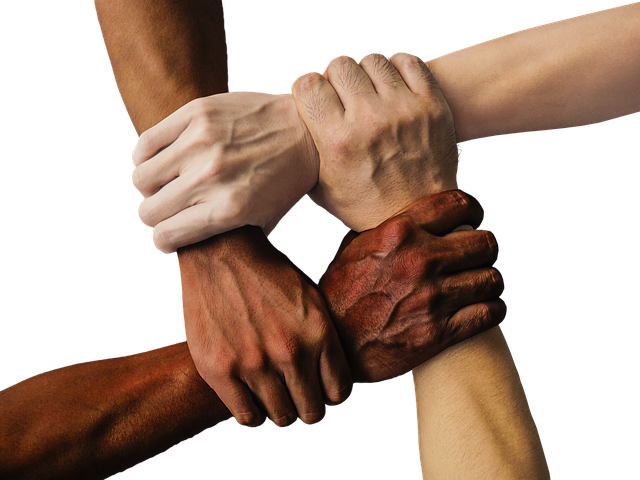Last week we discussed what the values are that you can expect will be taught and reinforced at Greystone House and we also noted that we will be discussing each of them in kind. Beyond that, we mentioned that we would also be offering up some concrete steps to help parents reinforce those values at home. The first value we will be covering is collaboration. A quick definition is that collaboration is the process of two or more people or organizations working together to achieve a goal.
Side note… you will probably notice a theme in each article akin to 1) what the value is, 2) how Greystone House lives it, 3) how the children practice it and 4) how you as a parent might put it in action.
Collaboration is particularly critical as a value at Greystone House because it is one of the core values that lead to our founding 37 years ago. At our core we consider that one of our primary purposes is to serve as parenting partners for the families that walk through our doors. We are working parents ourselves and we know that it is not easy. In order for us to succeed as a partner we need to ensure that we are clear about our values, adapt our policies and practices as the world changes to meet the needs of our families, and that we do not randomly change either of the above and create confusion about what it is that we do. We cannot work together if you do not know who we are and what we do.
How does collaboration come into play in the classroom? Montessori features a mixed age classroom. There are many benefits that come with this, but mentoring is one of our personal favorites. In a mixed age classroom, older children work with younger children to pass on knowledge through joint projects. This collaboration leads to a well-founded sense of satisfaction for both participants and is of equal benefit to both in terms of personal growth and development.
How as parents can we demonstrate collaboration? Cooking and chores work with older primaries and are also a good start for toddlers and younger primaries. Reinforcing “because we worked together we got this done faster” or “I bet it would not taste as a good had you not helped” helps cement the collaborative aspect of the task. With older primaries there is an opportunity to encourage initiating collaboration with other children (siblings, friends, classmates). Remind older children that there are a lot of things they had to learn to do and in many cases someone taught them. They can return that favor by teaching someone younger than themselves to do something they have mastered. With our own children this approach applied to a common task we suggested served as a great way to build collaboration skills and to eliminate some of the sibling bickering that comes from competing for resources.





